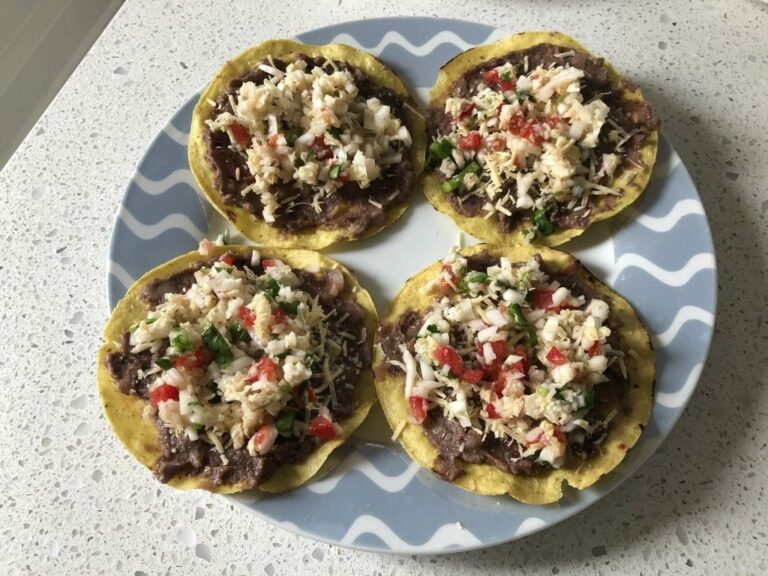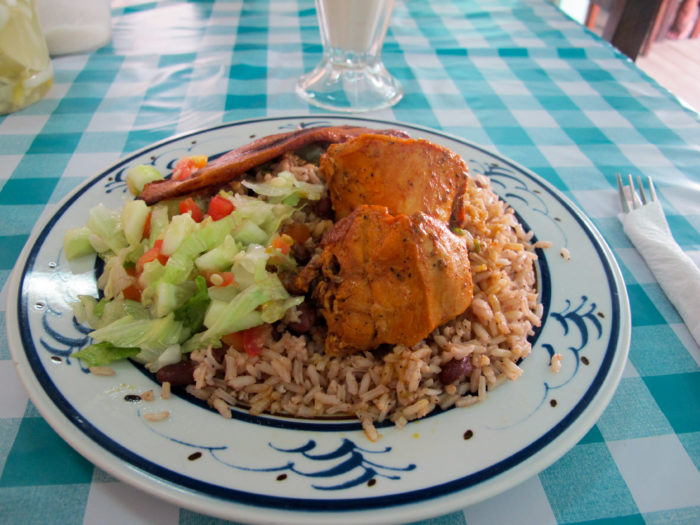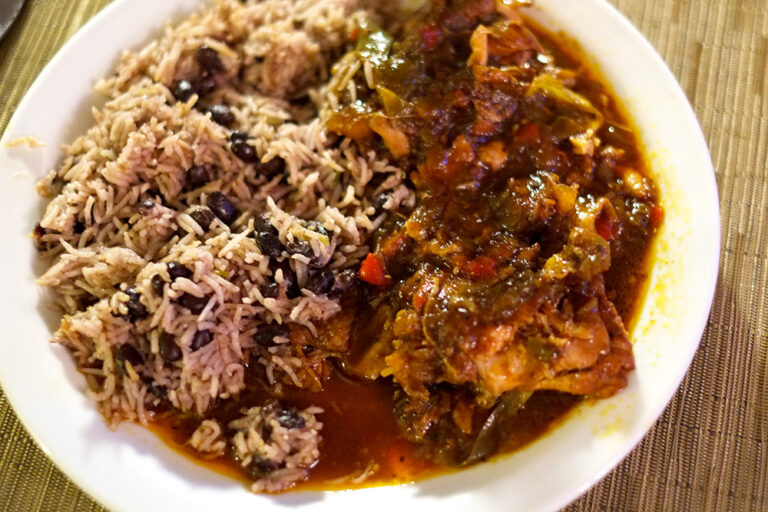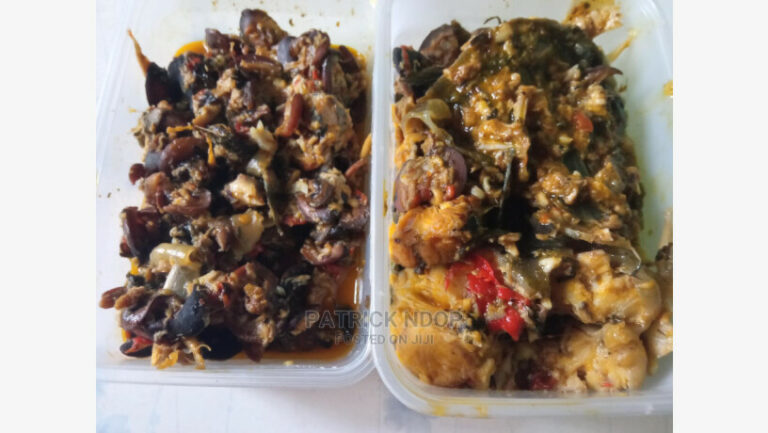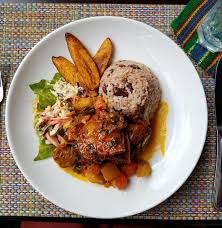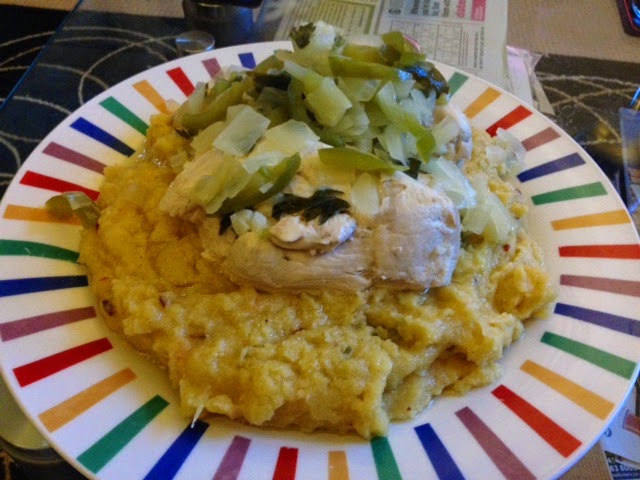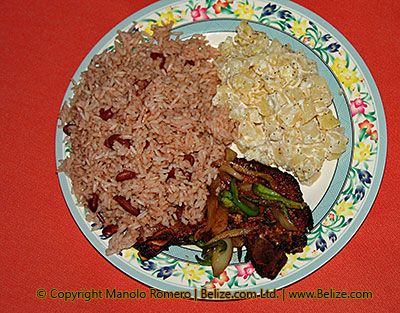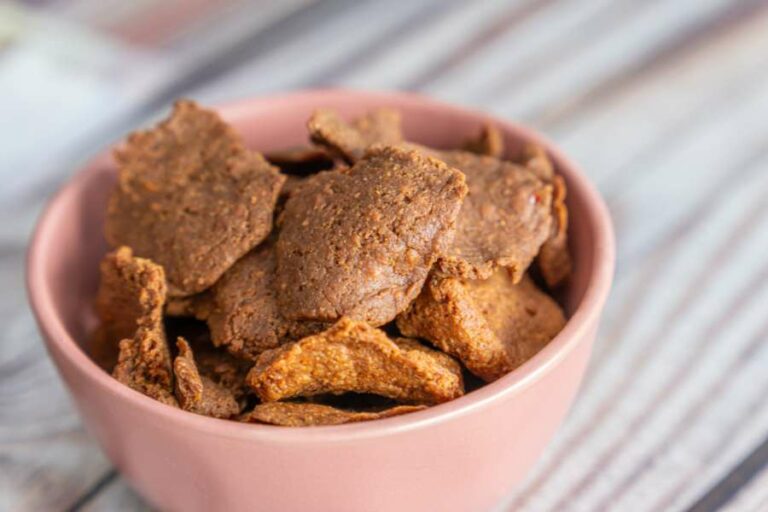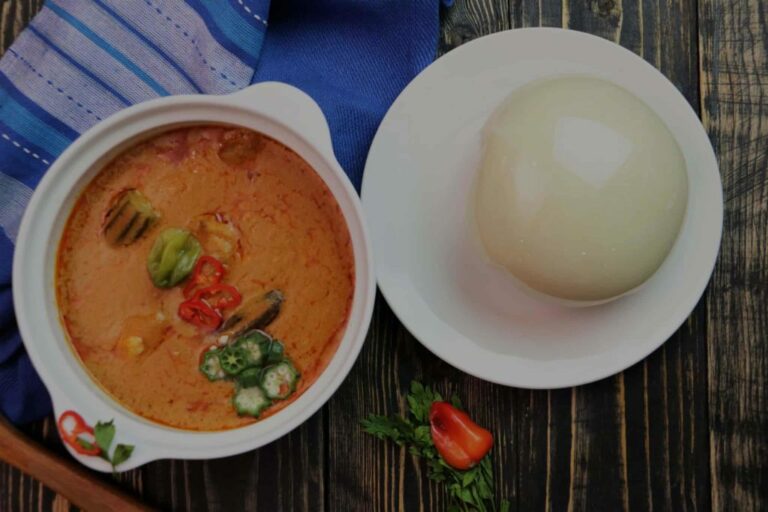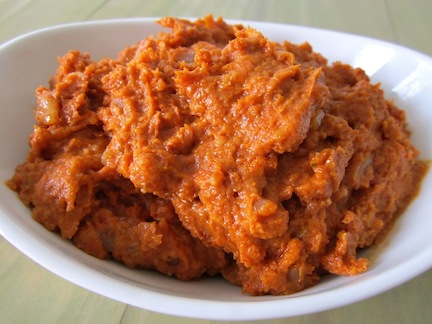Introduction: Belizean Cuisine and Vegetarianism
Belizean cuisine is a unique blend of African, Caribbean, and Mexican influences. The traditional dishes are known for their bold flavors, spices, and use of fresh seafood and meats. However, for those who follow a vegetarian diet, Belizean cuisine can seem limited due to its heavy reliance on animal products. Despite this, there are still a variety of vegetarian options available in Belizean cuisine that are worth exploring.
The Role of Meat in Belizean Cuisine
Meat plays a crucial role in Belizean cuisine, particularly chicken, pork, and seafood. Many traditional dishes, such as rice and beans, are typically prepared with meat or seafood. Additionally, meat is often cooked in stews and soups to add flavor and richness. Vegetarianism is still a relatively new concept in Belize, and many locals view meat as an essential part of the diet.
The History of Vegetarianism in Belize
Vegetarianism has only recently gained popularity in Belize, largely due to the influence of tourism and health-conscious individuals. However, there have been pockets of vegetarianism in Belizean history, particularly among the Maya people who relied heavily on beans and other plant-based foods. Today, more and more Belizeans are embracing vegetarianism as a healthier and more environmentally conscious way of living.
Vegetarian-Friendly Dishes in Belizean Cuisine
Despite its reputation for meat-heavy dishes, there are still plenty of vegetarian-friendly options in Belizean cuisine. Some traditional vegetarian dishes include caldo, a light soup made with yucca and corn, and tamales filled with beans and vegetables. Rice and beans can also be prepared without meat or seafood, and fresh fruits and vegetables are often used in salads and side dishes.
Popular Vegetarian Street Food Options in Belize
Belizean street food is a must-try for any food lover, and there are several vegetarian options to choose from. One popular dish is fry jacks, a fried dough that can be stuffed with beans, cheese, or vegetables. Tacos and burritos can also be made vegetarian by substituting meat for beans and vegetables. And for something sweet, try coconut candy or tamarind balls.
Traditional Belizean Vegetarian Soups and Stews
Soups and stews are a staple of Belizean cuisine, and many traditional recipes can be made vegetarian by omitting the meat. Sopa de lima, a fragrant soup made with chicken and lime, can be made vegetarian by using vegetable broth instead. Stewed beans and vegetables are also commonly used in soups and stews, giving them a rich and hearty flavor.
The Use of Plant-Based Ingredients in Belizean Cuisine
Despite its heavy reliance on meat, Belizean cuisine also incorporates a variety of plant-based ingredients. Fresh fruits and vegetables are used in salads and side dishes, and herbs and spices are used to add flavor to dishes. Additionally, beans and legumes are a staple of Belizean cuisine and are used in many traditional dishes.
Final Thoughts: Exploring the Vegetarian Food Scene in Belize
While Belizean cuisine may not be the most vegetarian-friendly, there are still plenty of options to explore. By being open-minded and willing to try new dishes, vegetarians can discover the unique flavors and ingredients that make Belizean cuisine so special. Additionally, as the popularity of vegetarianism continues to grow in Belize, it’s likely that more vegetarian options will become available in the future.

